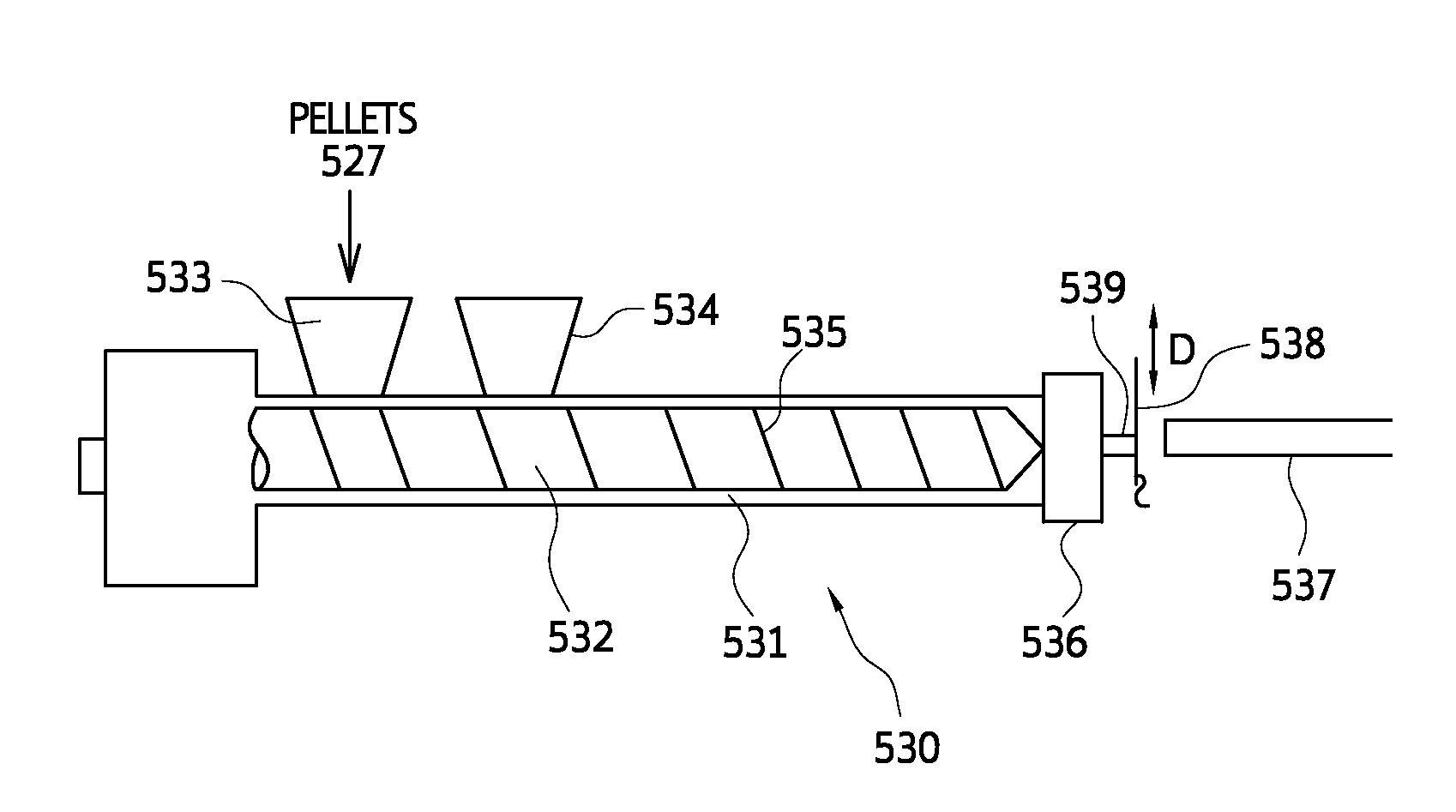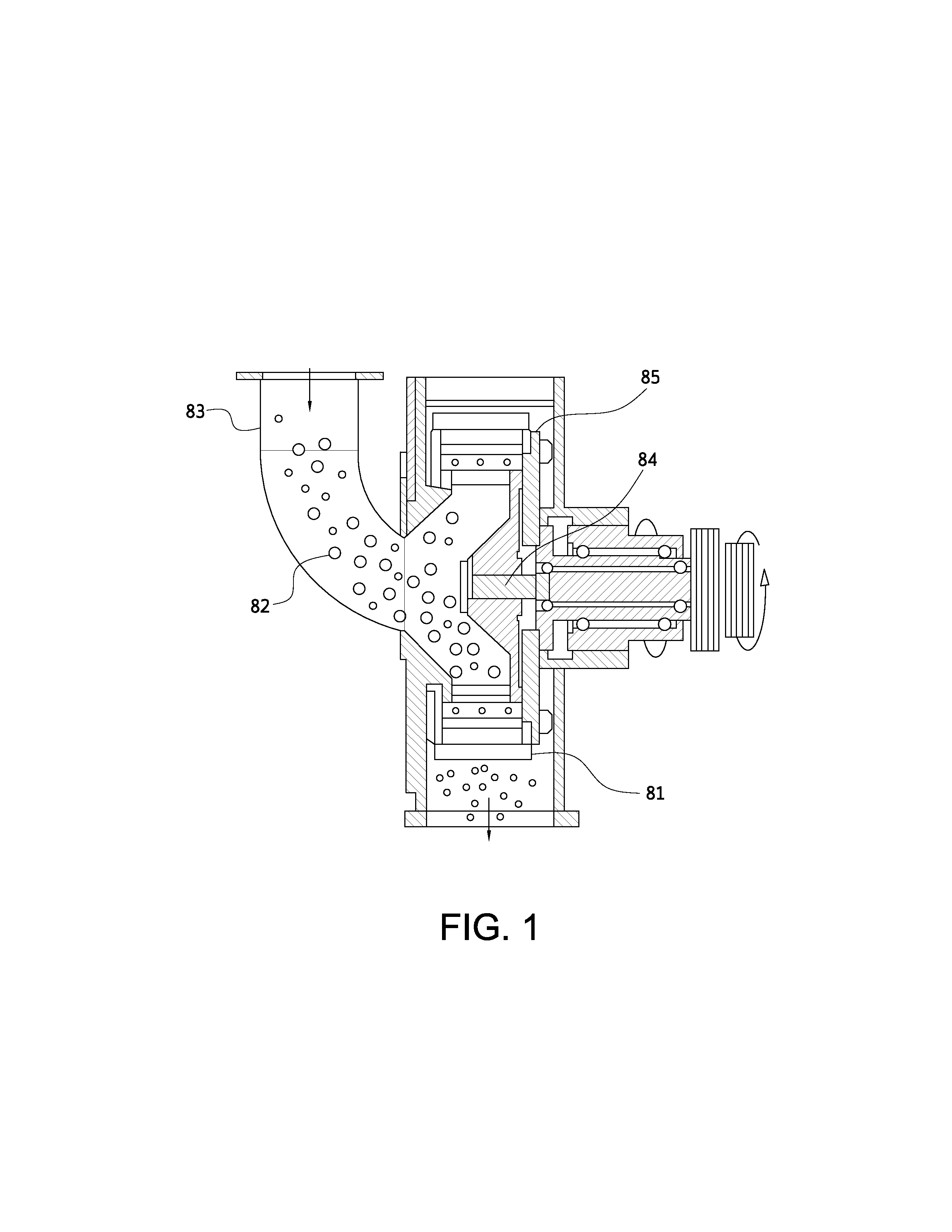Composite boards and a method of making the same
a composite board and composite board technology, applied in the field of fiber reinforced polymer composites, can solve the problems of high strength of plastic reinforced with synthetic fibers, high cost of production, incompatible with polyolefins, etc., and achieve the effect of increasing the scratch resistance of the board surface and providing strength and scratch resistance to the board surfa
- Summary
- Abstract
- Description
- Claims
- Application Information
AI Technical Summary
Benefits of technology
Problems solved by technology
Method used
Image
Examples
example 1
[0074]A series of composite boards were produced by extruding a composition containing 35% by weight recycled polyethylene as a binder, and 65% by weight of vegetable fibers. The vegetable fibers contained a mixture of coconut coir fibers and bamboo fibers; or coconut coir fibers in the absence of bamboo fibers. A comparative composite board was produced by extruding a composition containing 35% by weight recycled polyethylene as a binder, and 65% by weight of bamboo fibers, in the absence of coconut coir fibers. The composite boards were subjected to testing using test methods in accordance with ASTM D7032-10, “Standard Specification for Establishing Performance Ratings for Wood-Plastic Composite Deck Boards and Guardrail Systems,” and ASTM D6109-10, “Standard Test Methods for Flexural Properties of Unreinforced and Reinforced Plastic Lumber and Related Products.” The testing was conducted at a relative humidity of 50%±5%, and a temperature of 52° C. The test results were used to d...
PUM
| Property | Measurement | Unit |
|---|---|---|
| Fraction | aaaaa | aaaaa |
| Fraction | aaaaa | aaaaa |
| Fraction | aaaaa | aaaaa |
Abstract
Description
Claims
Application Information
 Login to View More
Login to View More - R&D
- Intellectual Property
- Life Sciences
- Materials
- Tech Scout
- Unparalleled Data Quality
- Higher Quality Content
- 60% Fewer Hallucinations
Browse by: Latest US Patents, China's latest patents, Technical Efficacy Thesaurus, Application Domain, Technology Topic, Popular Technical Reports.
© 2025 PatSnap. All rights reserved.Legal|Privacy policy|Modern Slavery Act Transparency Statement|Sitemap|About US| Contact US: help@patsnap.com



